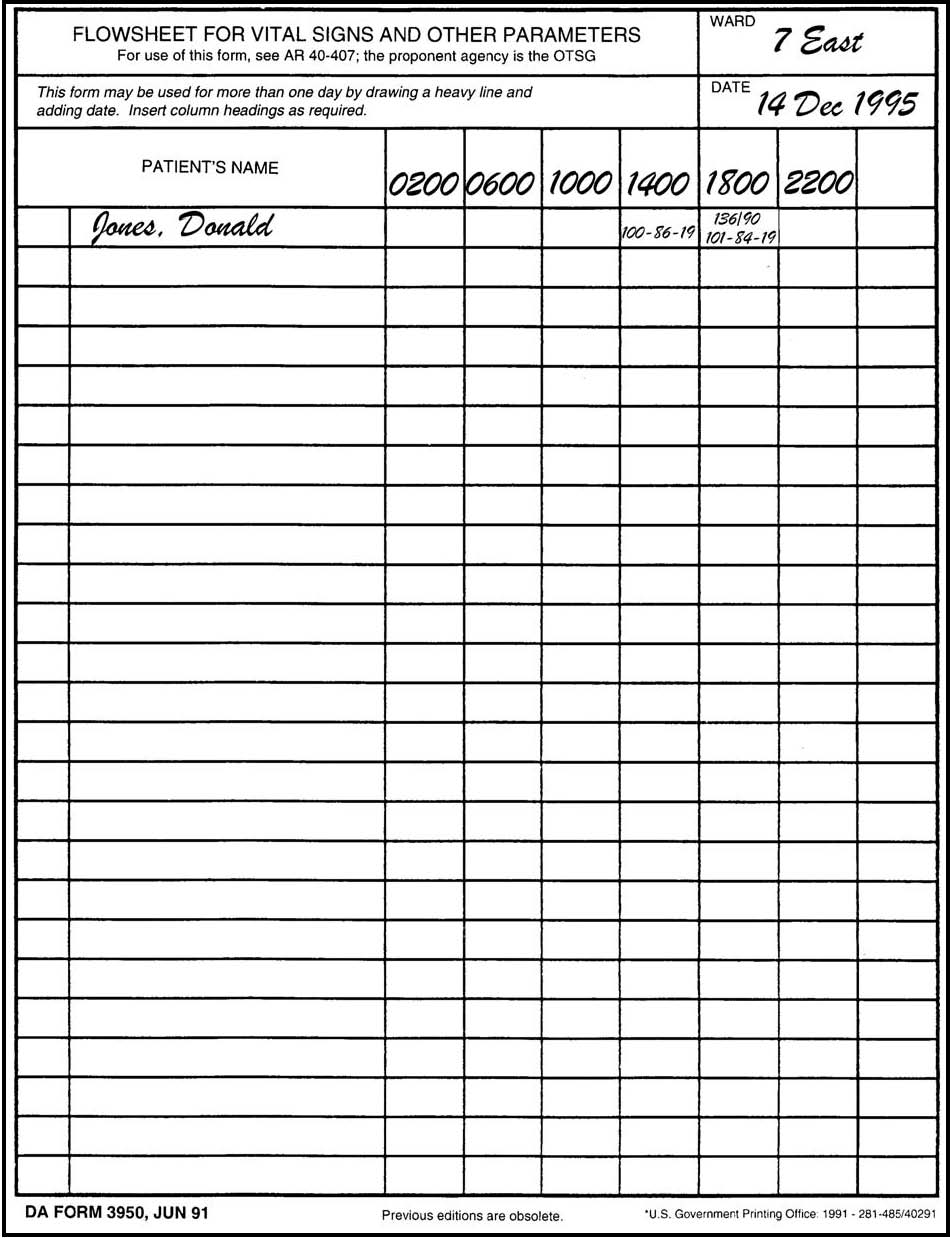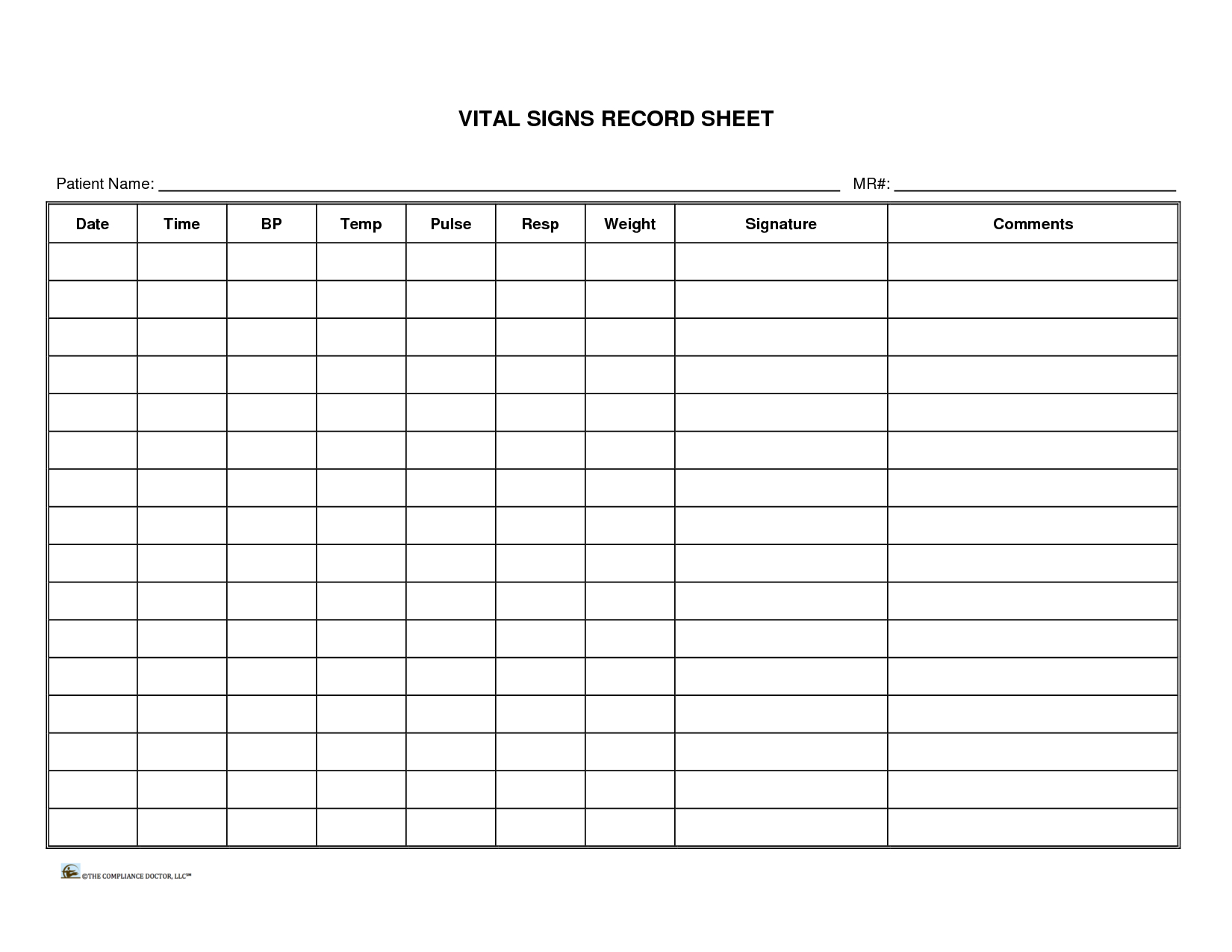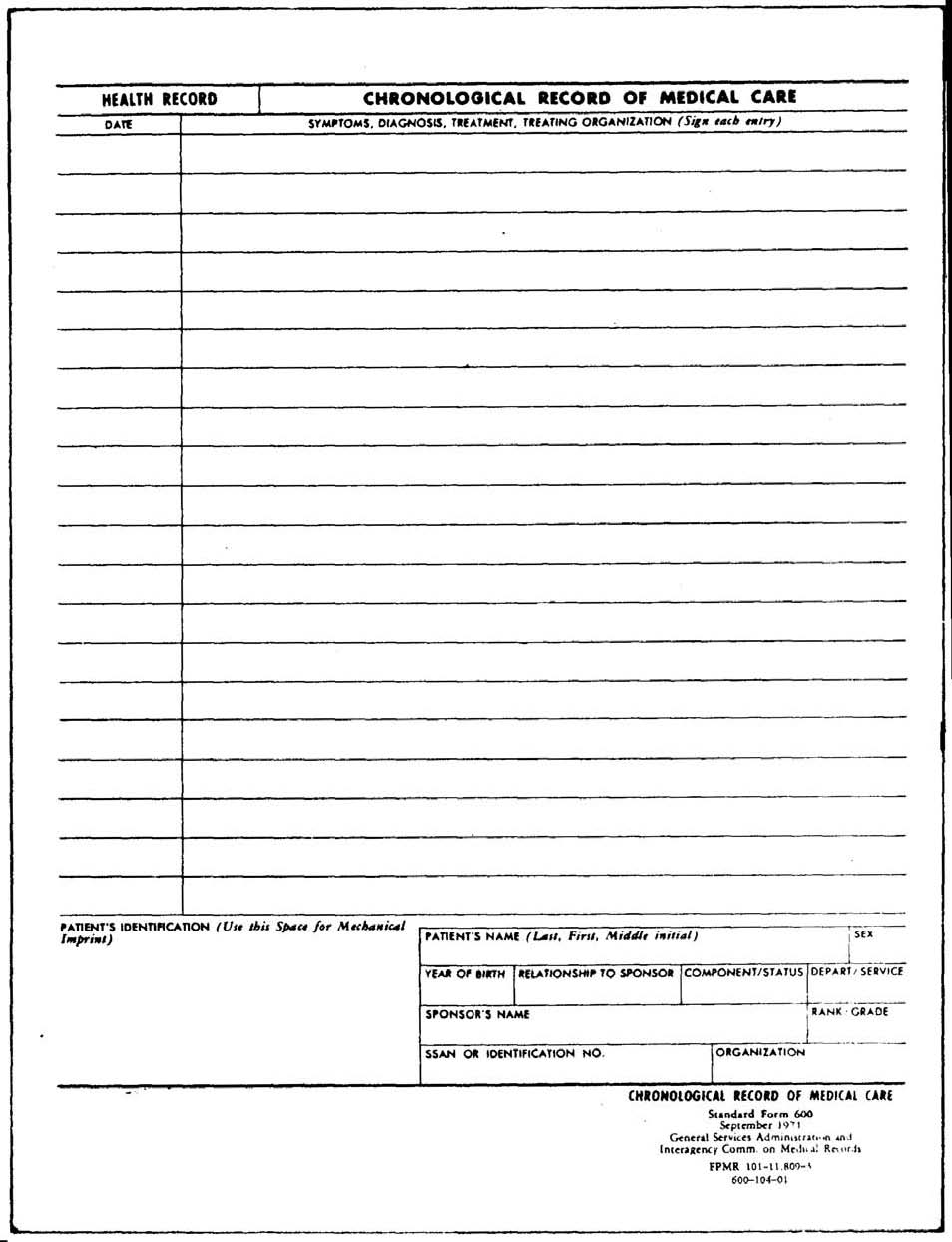
The fhir vital signs profile sets minimum expectations for the observation resource to record, search and fetch the vital signs associated with a patient that include the primary vital signs plus additional measurements such as height, weight and bmi. support for basic mandatory searching of resources is defined below in the quick start section. Is important as this gives an indication of the patient's physiological state. vital signs are recorded upon arrival to the emergency department, on admission to a . The next vital sign to be recorded is the respiratory rate. attempt to calculate this without the patient becoming aware. count the respiratory cycles for at least one .
Observationvitalsigns Fhir V4 0 1
Standard form 510, nursing notes, is used to record the patient’s vital signs and other information when he first enters the hospital. other entries pertaining to the nursing care provided are made throughout the patient’s hospitalization. only registered nurses and approved personnel make entries on this form and all entries are made in ink. Vital signs (also known as vitals) are a group of the four to six most important medical signs that indicate the status of the body’s vital (life-sustaining) functions. these measurements are taken to help assess the general physical health of a person, give clues to possible diseases, and. Apr 22, 2021 · no. to understand why not, imagine you're a nurse checking a patient's chart. you find the following temperature readings (fahrenheit) for the last few hours: 99. 2, 99. 8, 1000, 101. 4. you'd know immediately that the third number was a mistake. to make a realistic assessment of the patient's condition, you'd have to either adjust it record patient's' vital signs or throw it out.

Questions Faq Facts Climate Change Vital Signs Of The
A graph used to record the parients vital signs is called a _____ obstetric. the _____ record contains an antepartum record, labor and delivery record, and postpartum. Aug 19, 2016 an increase in the use of electronic health records has led to an the ehr was not beside the patients when vital signs were recorded. Jan 18, 2021 abstract clinical observations are a key component of patient safety and essential for the early recognition of patient deterioration. the national . Vital signs are: indicators of one's health condition and the assurance of proper circulatory, respiratory, neural, and endocrinal functions. a mechanism to universally communicate a patient's condition and severity of the disease. the simplest, cheapest, and probably the most important information gathered on hospitalized patients.
Feb 12, 2018 · background vital sign measurements in hospitalized patients by nurses are time consuming and prone to operational errors. the checkme, a smart all-in-one device capable of measuring vital signs, could record patient's' vital signs improve daily patient monitoring by reducing measurement time, inter-observer variability, and incorrect inputs in the electronic health record (ehr). Respiratory rates, like pulse rates, will vary with the patient’s age. adult: 12 20 breaths per minute. child: 15 30 breaths per minute. infant: 25 50 breaths per minute. vital sign 3 oxygen saturation (spo2) a pulse oximeter is a device intended for the non-invasive measurement of blood oxygen saturation (spo2) and pulse rate. May 27, 2018 · vital signs observation charts; handover sheets and admission; discharge and transfer checklists/ letters; patient’s assessment forms, such as nutrition or pressure area care assessment. (dimond 1994) principles of good record keeping. some key factors underpin good record keeping. the patient’s records should: be factual, consistent and. Clear and concise medical record documentation is critical to providing patients with quality care, ensuring accurate and timely payment for the services furnished, mitigating malpractice risks, and helping healthcare providers evaluate and plan the patient’s treatment and maintain the continuum of care.
Vital Signs Body Temperature Pulse Rate Respiration Rate Blood

Record Keeping And Documentation Ausmed
Vital signs record. nsn 7540-00-634-4124. vital signs records medical record. record patient's' vital signs standard form 511 (rev. 7-95) prescribed by gsa/cmr, firmr (41 cfr) 201-9. 202-1 blood pressure. 19................ Vital signs are useful in detecting or monitoring medical problems. vital signs can be measured in a medical setting, at home, at the site of a medical emergency, . The purpose of recording vital signs is to establish a baseline on admission to a hospital, clinic, professional office, or other encounter with a health care provider .
Measuring patient vitals provides the dental team with the opportunity to measure vital signs, which include blood pressure, pulse, temperature, and respiration, can also, health history charts in the patient's records should. A smart all-in-one device to measure vital signs in admitted patients. plos one, 13(2), p. e0190138. this study demonstrates that patients in a general medical ward setting are able to measure their own vital signs easily and accurately by themselves, with comparable or even potentially superior accuracy to current nurse measurements. Many of the common signs of heart attack are well known: tightness or pressure in the chest, discomfort in the arms and shoulders, shortness of breath. there’s another to add to the mix, one that may not prompt an immediate 911 call or trip to the er: jaw pain.
Feb 12, 2018 · background vital sign measurements in hospitalized patients by nurses are time consuming and prone to operational errors. the checkme, a smart all-in-one device capable of measuring vital signs, could improve daily patient monitoring by reducing measurement time, inter-observer variability, and incorrect inputs in the electronic health record (ehr). Assessing and documenting vital signs are essential tasks routinely performed by nurses and unlicensed assistive personnel (uap). the information gathered is useful in identifying a patient's overall health status and physiologic signs of deterioration, and can lead to early recognition and treatment of serious conditions such as sepsis.

Measuring and recording vital signs is time consuming and the impact of interruptions and preparation away from the bedside is considerable. when considering the nursing workload around vital signs assessment, no assumption of relative efficiency should be made if different technologies or staff gro. D. vital signs. (1) the first set of vital signs establishes an important initial measurement of the patient’s condition and serves as a key baseline. (2) monitor vital signs for any changes from initial findings throughout care. (3) reassess and record vital signs at least every 15 minutes in a stable patient and at least every 5 minutes in. Apr 22, 2021 · no. to understand why not, imagine you're a nurse checking a patient's chart. you find the following temperature readings (fahrenheit) for the last few hours: 99. 2, 99. 8, 1000, 101. 4. you'd know immediately that the third number was a mistake. to make a realistic assessment of the patient's condition, you'd have to either adjust it or throw it out.